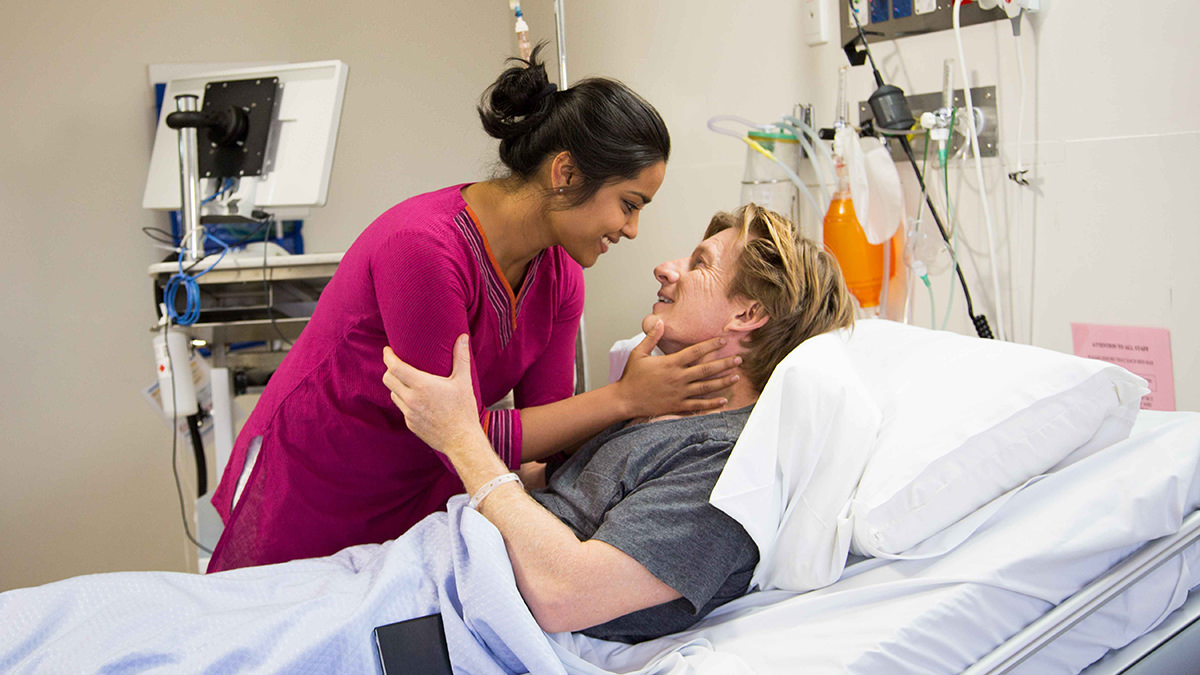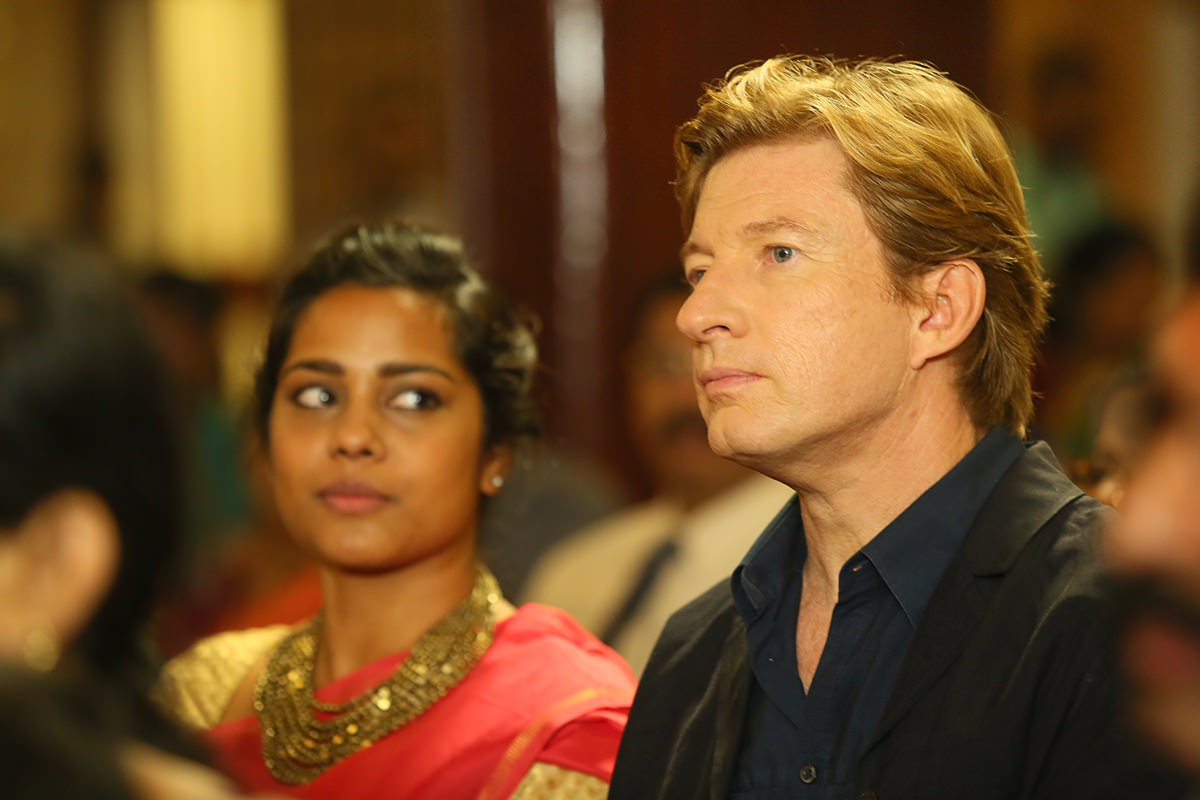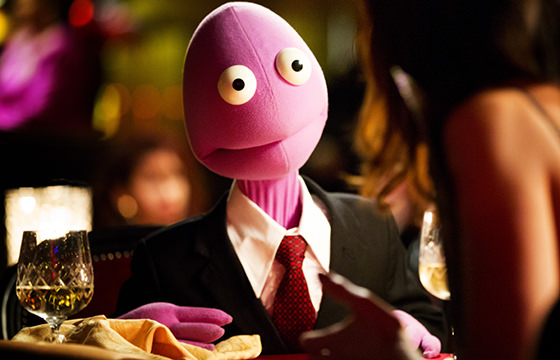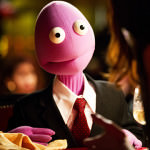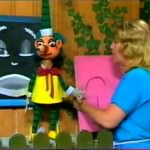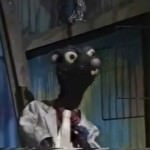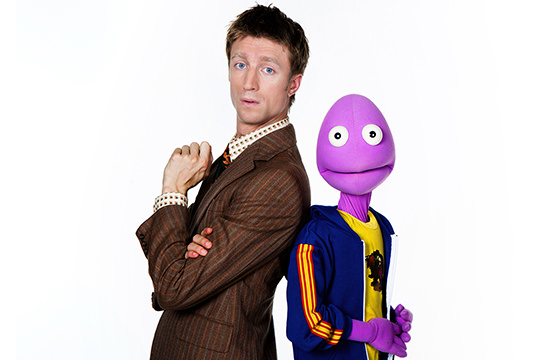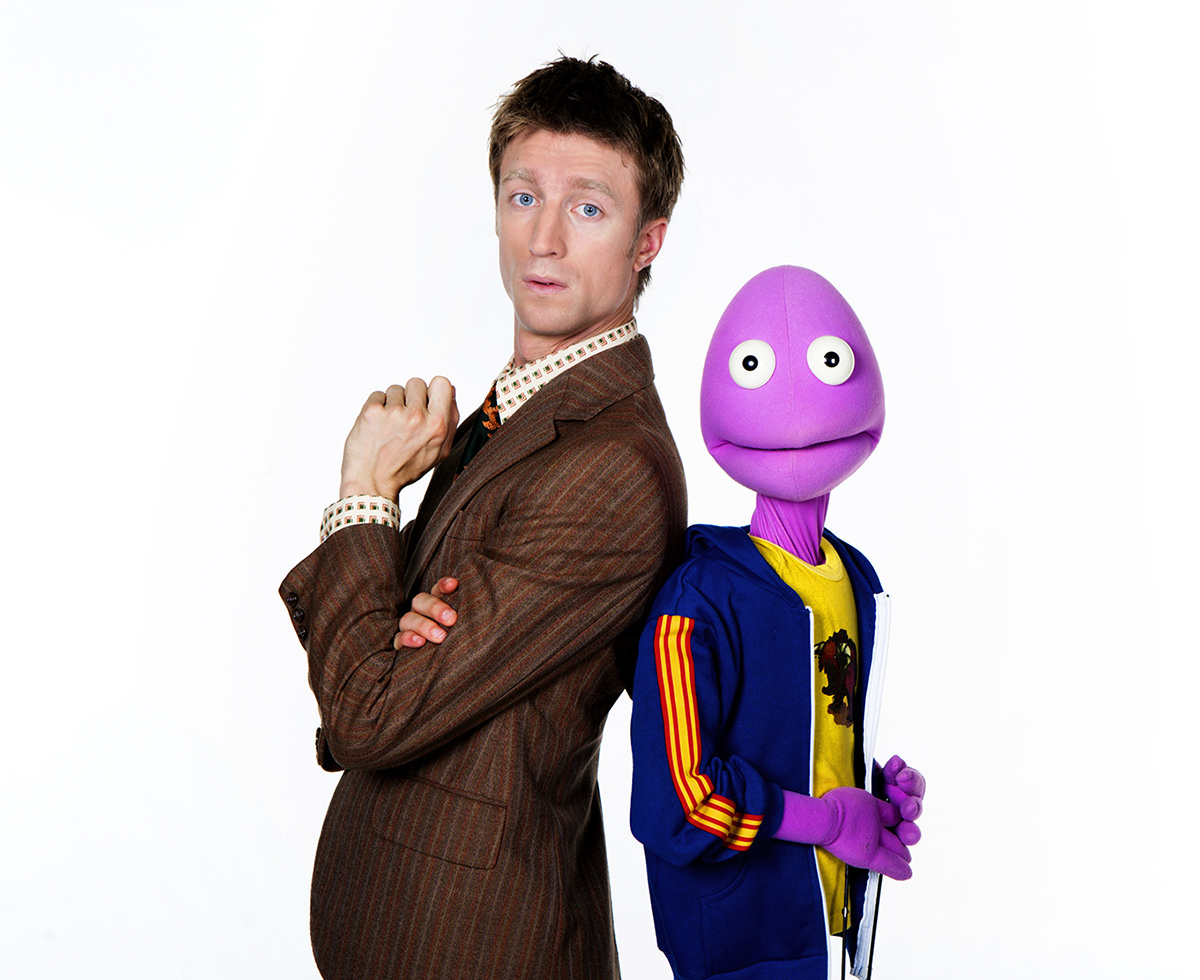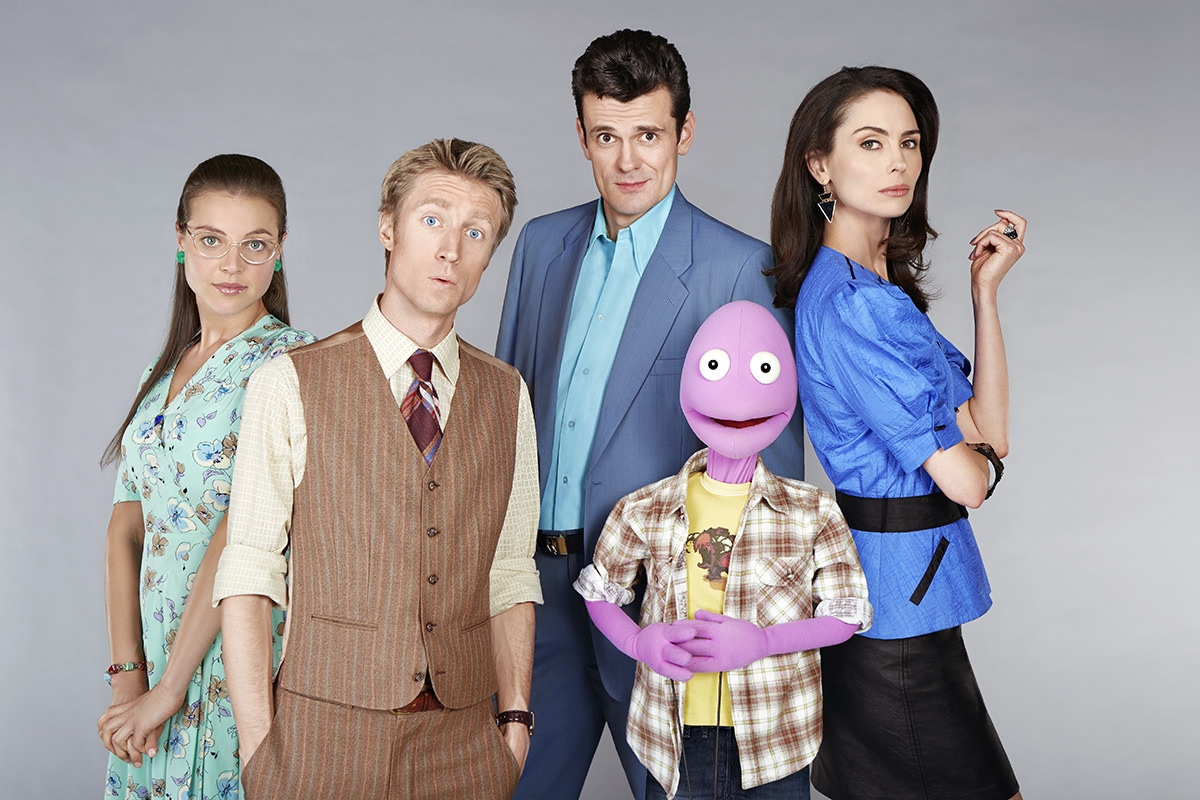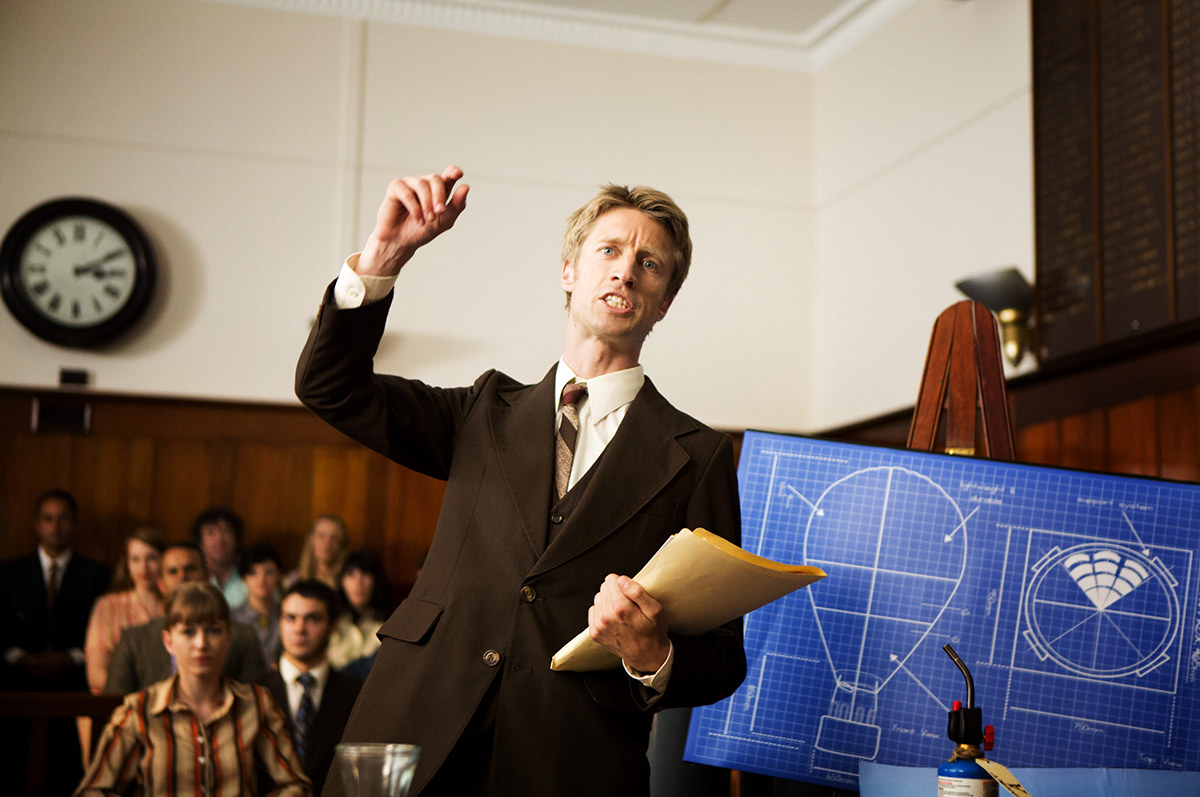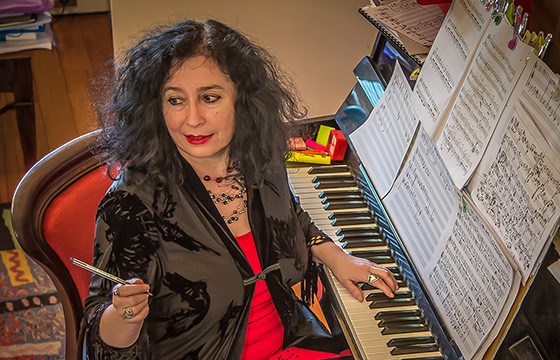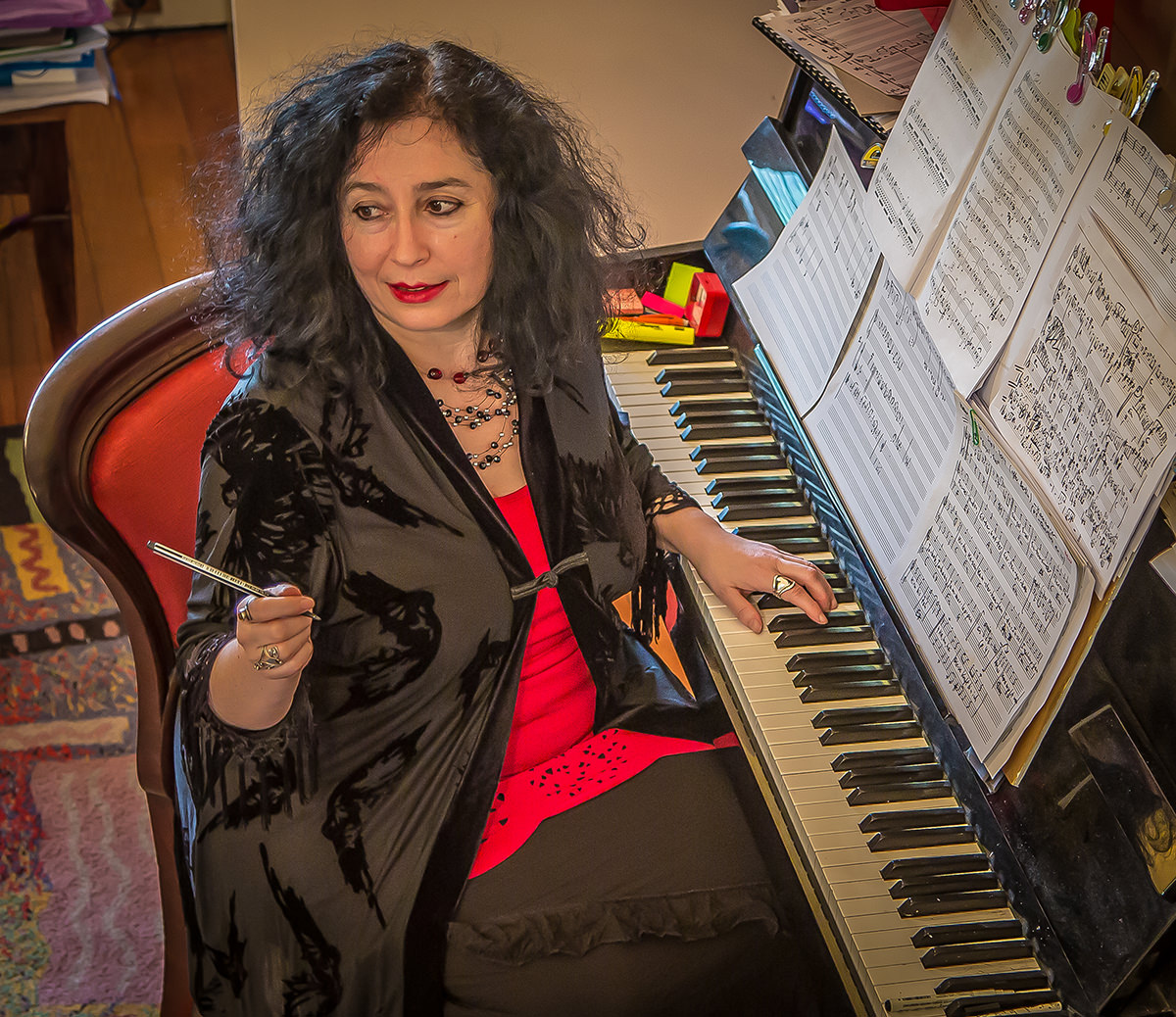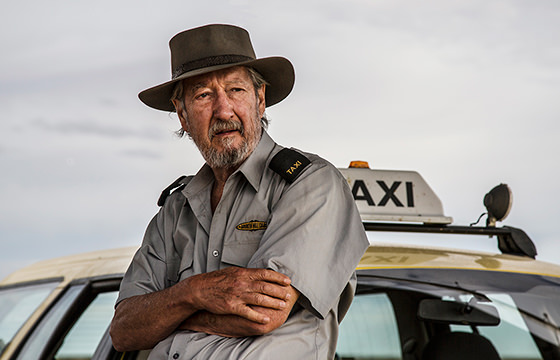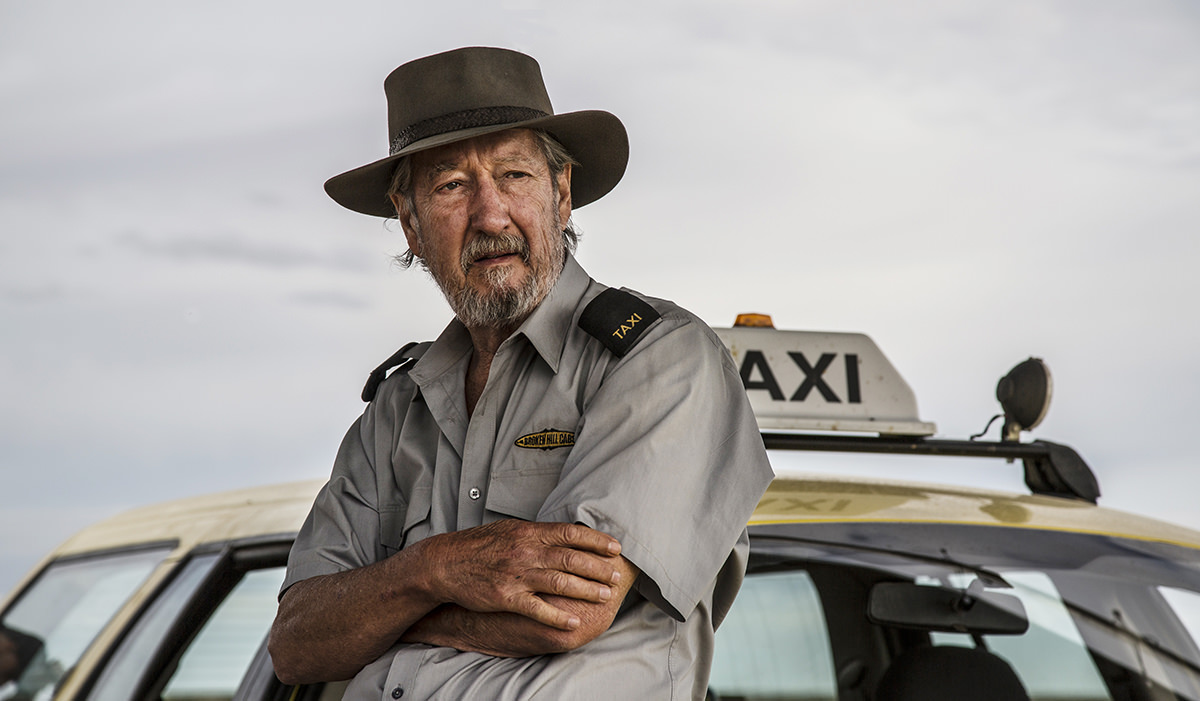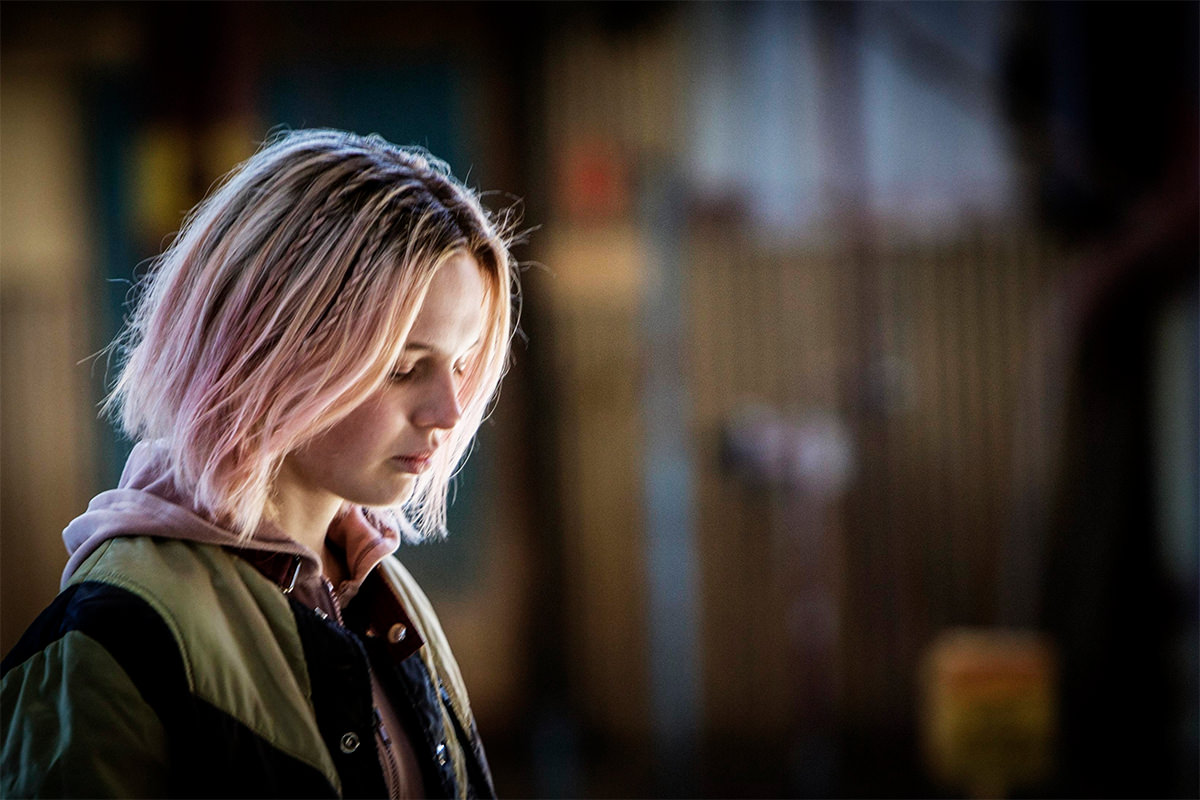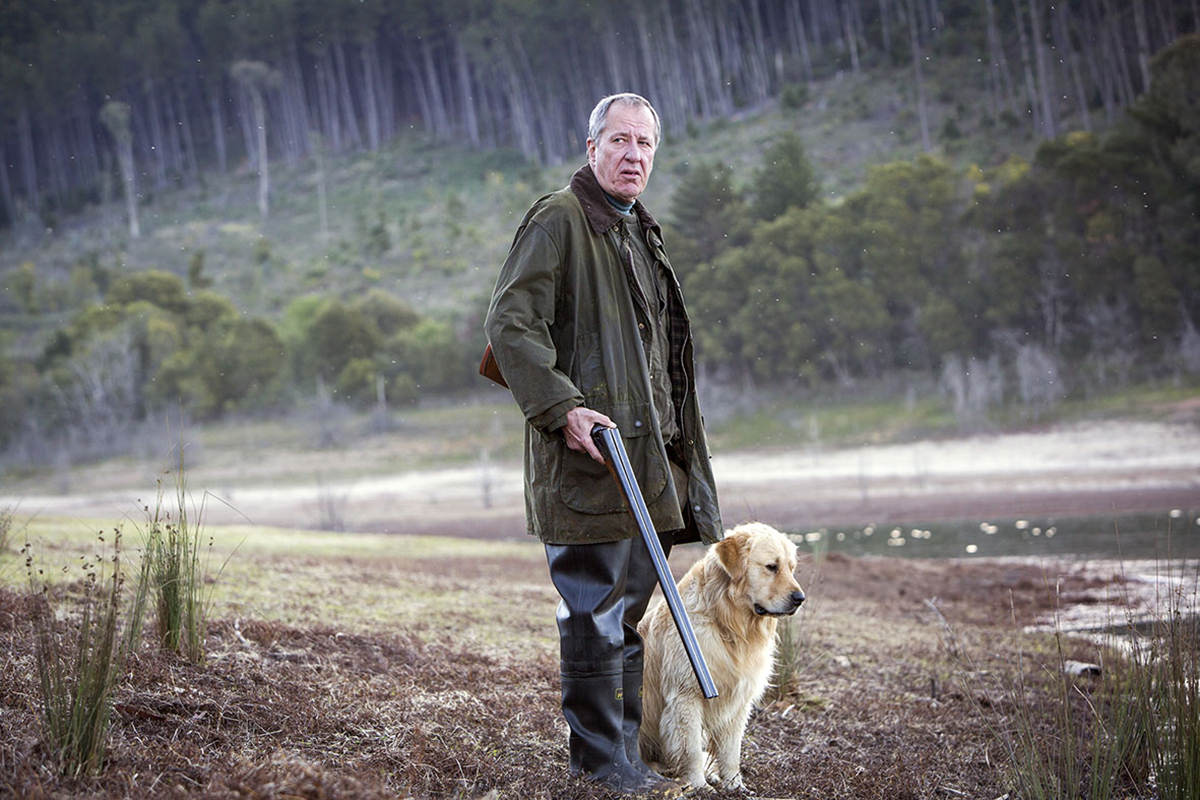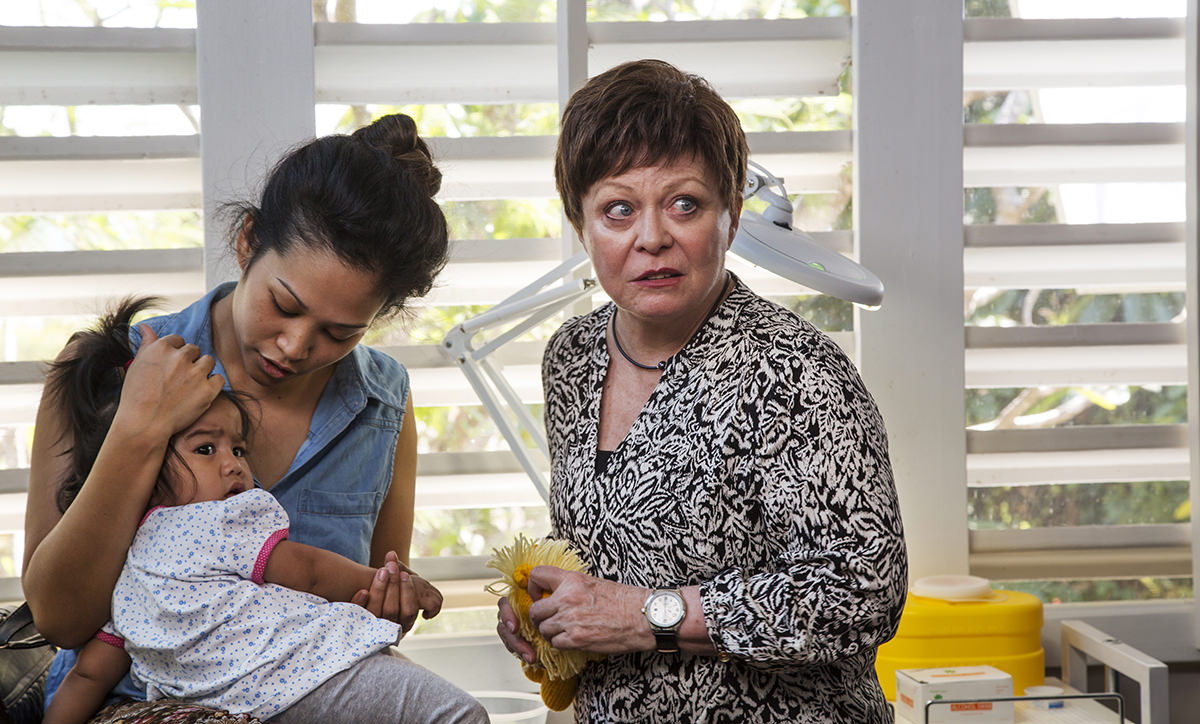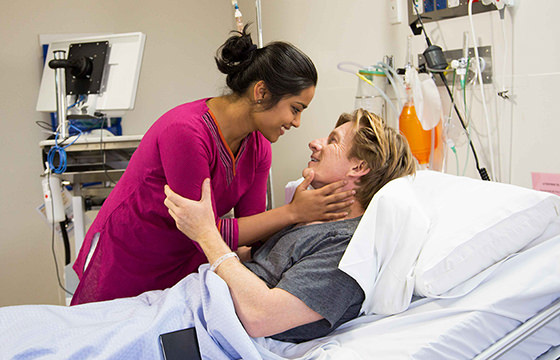
- Shahana Goswami and David Wenham star in Force of Destiny. Supplied by Screen Australia.
Paul Cox is self described as being accused of always making films about his own life, to which he says, that’s the closest source of inspiration we have. Paul’s latest film, Force of Destiny, is arguably the most personal yet. It follows Robert, who is diagnosed with terminal cancer, as he starts a new relationship and is put on the transplant waiting list.
After screening at an Opening Night Gala at the Melbourne International Film Festival, Force of Destiny is currently screening around Australia.
We ask Paul a few questions about his latest film and his prolific filmmaking career.
Screen Australia: In 2011 when you were in a similar situation to the main character in Force of Destiny, Robert, you wrote a book, Tales From the Cancer Ward. What relationship does the book have to the film? What drove you to document this difficult time in your life?
Paul Cox: My book Tales From the Cancer Ward was a guidance and helped with the chronological order as well as the inner dialogue of David Wenham’s character.
At the beginning of the book it says “There might not be a final page, but I can’t let this happen to me without doing something constructive”. This was when I was having treatment for liver cancer and could not foresee an outcome, I did not believe I would be lucky enough to get a liver transplant.
I believe that life is not just for living, but what you do with it.
SA: You’ve had a long and prolific career, and it seems that you’ve been drawn to stories about people involved in art and religion. What is it about these that have inspired your characters for so long?
PC: There’s not much about religion in my films except Salvation was a kind of send-up and didn’t really get to the core of the matter.
I believe art as part of history is interesting. The only things that remain from any lost civilisation is the art. Everything else crumbles and destroys itself. So the arts are very important and should be at the forefront of all our endeavours. Why aren’t they?
- Shahana Goswami and David Wenham star in Force of Destiny. Supplied by Screen Australia.
SA: Your films also often deal with highly-charged emotionally and sometimes morally ambiguous situations. What drives you to tell stories that question our societal values?
PC: Every thinking, feeling, struggling individual has the duty to question society. We live in extraordinary times. Man has no history of being able to control power. Power has always been abused and misused throughout the centuries. Man now has enough power to blow himself off the face of the earth. A logical conclusion is that this will happen.
I’m glad I have no skills in the art of compromise. I cannot simply accept what is presented to me and therefore I question my life and everything that happens around me. I still believe that man has the capacity to rise above all the misery he has created. A large part of the population of this earth still has no running water or electricity whilst others live in pathetic luxury. We all want to live in peace don’t we? How can you possibly achieve this when there’s no… let’s call it justice?
SA: And on filmmaking generally, how would you describe independent filmmaking in Australia now, compared to when you started out in the late 60s? What’s changed and what’s the same?
PC: There’s great diversity in Australian filmmaking and there are some very fine young people doing wonderful things. If we’re lucky we see some of these films at festivals and special occasions, but rarely on regular screens. All the films that had an impact on my life and consequently on my film making would never get a release in this country, not now. They fall in the non-commercial category.
Force of Destiny is in cinemas across Australia now. Many of these screenings include special Q&A sessions. Find out where and when the film screens near you.


